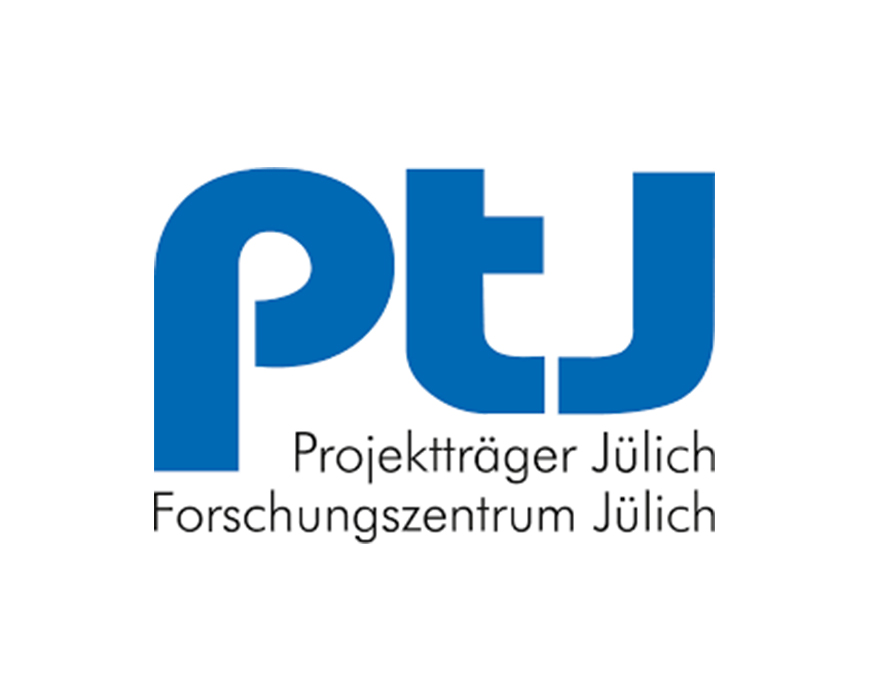At a glance
- Maintenance and operation expenditure makes up between 25 and 30 percent of the levelized cost of electricity in wind farms.
- Early fault detection based on high-resolution data can contribute to reduced costs and increased availability.
- The goal of the interdisciplinary joint project WiSA big data is to develop a demonstrator for a virtual wind farm site assistant in order to implement successful early fault detection and diagnosis methods for optimized maintenance and the detailed analysis of operational events.
- Fraunhofer IWES is responsible for developing methods for early fault detection and diagnosis and evaluating this methods as well as providing decision support for optimizing operation and maintenance.
The challenge
The success of the energy transition depends to no small degree on the costs incurred for electricity generation from renewable sources. In light of decreasing subsidies for the electricity produced, offshore wind energy in particular has to cope with cost pressures.
A considerable amount of the levelized cost of electricity (between 25 and 30%) can be attributed to operation and maintenance. This percentage is even higher in the offshore sector in particular. One reason is the accessibility to the farms that depends on weather and waves, which, in turn, hampers maintenance. As such, optimizing maintenance and operation, in particular through the deployment of remote monitoring systems, offers major potential for cost savings.
The solution
The availability and analysis of the operational data of wind turbines are all-important here. Currently in some cases these data are recorded incompletely and usually only 10-minutes average values are stored. However, such data are often available in a higher temporal resolution and can contain relevant information, although considerable research is still required in order to exploit this.
This is the focus of the “Wind farm virtual Site Assistant big data” (WiSA big data) research project. Established methods and findings, both from the wind energy sector and other disciplines, are being tested for the purpose of early fault recognition and, if necessary, further improved and combined in order to optimize operation and reduce costs.
The added value
Within the scope of this project, the interdisciplinary research team consisting of members from academia and industry are developing a general soft- and hardware platform as the core system for a virtual wind farm site assistant (WiSA). The successful methods from this system will be implemented in a WiSA demonstrator for industrial use to allow early fault detection and optimized operationto be deployed in the field.
The Fraunhofer IWES is responsible for the development, application and evaluation of methods for early fault detection and for deriving decision support to optimize operation.

